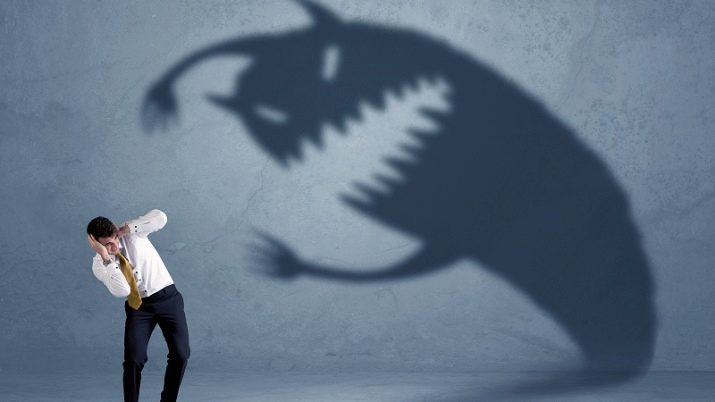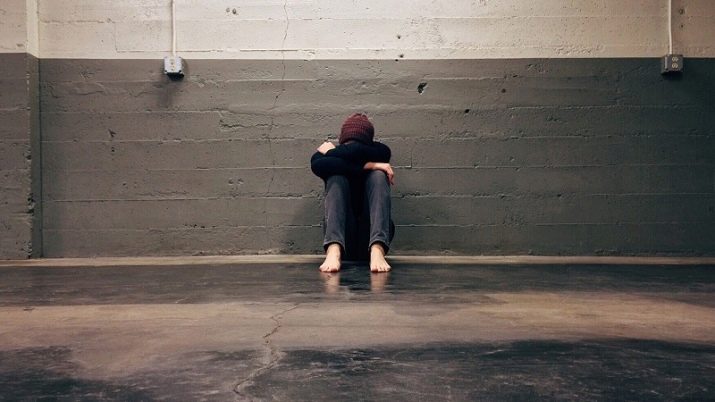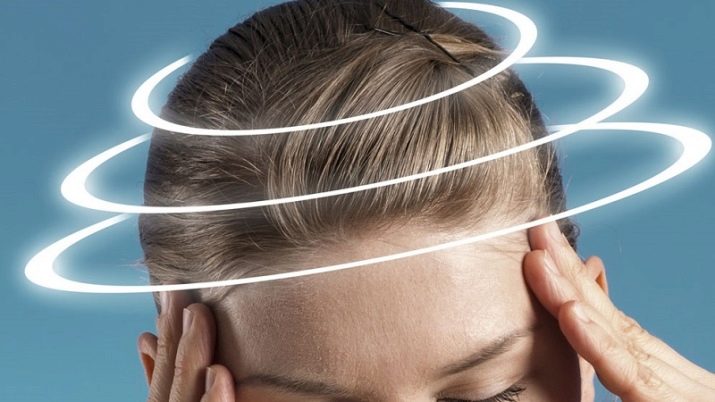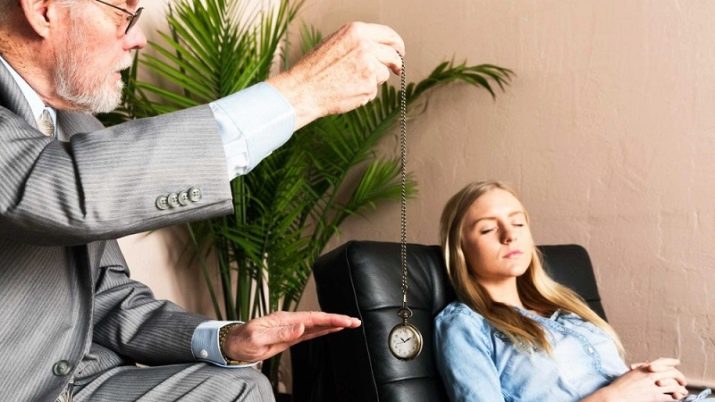To suffer from panophobia - it is living, thinking only about the past, tensely, constantly and cautiously waiting for the sudden resurrection of episodes of fear. When a rich imagination involuntarily and persistently seeks out the most diverse paintings in his memory, unthinkably painting them with unrealistic, improbable, and often simply fantastically inexplicable frightening details.
It is painful to look for signs that justify the elemental manifestations of anxiety and fear, forgetting about the realities of life. How to get rid of this obsessive and uncontrolled form of anxiety will be discussed in this article.

What it is?
Panophobia is an incredible fear of everything in the world, a multitude of heterogeneous objects, events or actions, any changes in the internal state or in the external environment. Fear, accompanied by a painful, absolutely unjustified expectation of impending disaster. Panophobia is a condition, a form of constant anxiety, which is a serious and intractable disease. The name of the disease goes back to the word "panic" and the ancient Greek, mythological image of the god of wildlife, Pan. Panophobia is synonymous with panalepsy, pantophobia and omniphobia.
This disease was fully and for a long time experienced by the famous actor and film director Woody Allen. Among his usual fears were the fear of heights, insects, confined spaces, and others. Allen was afraid of vibrant colors, elevators, peanut butter. The actor was afraid, bathing in the shower, and the banana for breakfast should always have been cut into exactly seven parts.
Obsessive forms of fear were described in ancient Greece, but panophobia, as a separate disease, has not been classified for a long time. Symptoms of this mental state were attributed to melancholy. Hippocrates reckoned him to fear and despondency.
During the Middle Ages, people suffering from this disease were considered obsessed with the devil, who was subject to exile through the sophisticated religious manipulations of the time. This state of affairs persisted until the 17th century.
The first obsessive fears as a clinical disorder were described by Felix Plater, followed by Robert Barton in the famous scientific work Anatomy of Melancholy.

In the 19th century, the disease was considered as a neurosis caused by disorders of the emotional, volitional and intellectual spheres.. Around the same time, neurotic disorders began to be distinguished from delusional, obsessive hallucinations, calling them "the disease of doubt." It was believed that this disorder occurs due to paranoid-type thinking dysfunction. Panophobia became an independent disease related to neurosis in the 20th century.
In 1911, Theodul Ribot, who studied the mental abnormalities of people, found that a person who suffers from panaphobia is not able to unambiguously determine the cause of the fear. Objects and events frightening the patient did not have a clear outline and clearly expressed external signs, they were blurred and constantly changing. At the same time, changes in the situation exacerbated the course of the disease, since the alternation of sources of fear accelerated.
Moreover, the implicitness and absence of external objects did not relieve the patient from horror, since he was alarmed by anticipations - the fear of an imaginary object turned into an obsessive expectation of an indefinite event (fear of expectation). In the ICD-10 classifications, panophobia refers to phobic diseases and is considered as a generalized anxiety disorder with the main system-forming sign - “unfixed anxiety”.
It is noteworthy that in the United States panophobia is qualified as a separate subspecies of sluggish schizophrenia. There is a hypothesis that panophobia is a complex of disorders in which any one type of disease is situationally dominant.

Causes of Panophobia
The exact causes of panophobia could not be established. Patients are not able to record even approximate dates of the onset of the disease. The disease does not have hereditary, at the genetic level, predispositions. Starting unexpectedly, it progresses slowly, starting with one specific phobia. Further, the number of objects of fear multiplies, and new forms are added to the initial disease. The main causes of the disease include:
- constancy of stress;
- regular change of environment, the impact of external factors, long-term stress;
- loneliness;
- serious physical injuries and illnesses;
- family crises, loss or serious illness of a loved one;
- feeling of hopelessness.
The starting sign of an incipient disease is the transition to a negative way of thinking. The patient is covered with a total state of sadness, sadness and longing. If it drags on for a long time, you should consult a doctor.

If medical care is ignored, then the symptoms of the disorder are exacerbated. The productivity of the professional activity of the panophobe drops markedly. Along with this, the level of self-esteem is significantly reduced. A person devalues itself.
Personal positive experience is not taken into account, the patient concentrates on the negative of the past, begins to perceive threats from the environment, revealing in people an inherent hostility to them. Ultimately, social self-isolation sets in. Sometimes it comes to the fact that some patients may refuse even contact with their parents.
For the stage of exacerbation of the disease are characteristic:
- manifestations of tearfulness, loudness and hysteria;
- increased sweating, not caused by objective weather conditions or increased physical exertion;
- aggravated reactions to a loud level of sounds (fainting, dizziness, increased heart rate);
- panic attacks.
Such typical symptoms are characteristic of 95% of patients. The occurrence of individual symptoms is not excluded.

Diagnosis of panophobia
Disorders are characterized by two main symptoms: depersonalization and the emergence of a non-localized source of fear. There are no special diagnostic methods for these signs of phobia. To identify them completely just a few conversations with a qualified specialist. According to the descriptions of patients, the picture of the disorder is inherent in the expectation of horror in the future and the manifestation of paralyzing fear.
The diagnosis of panophobia is often difficult, because patients (especially representatives of the stronger sex) may consider this shameful for themselves and hide the disorder from their surroundings for a long time.
Treatment methods
The disorder does not apply to diseases that can be overcome with medication. Usually, in order to alleviate a painful condition and relieve certain acute manifestations, a neuroleptic and sedative medication is prescribed by a psychiatrist. Getting rid of panophobia is a long way, requiring in-depth work of both the patient and the professional doctor.
The most effective in this case are:
- methods of exposure therapy, including methods of hidden sensitization and methods of "flood";
- methods of cognitive-behavioral therapy;
- methods of desensitization;
- stimulation of the synthesis of adrenaline;
- "Energy" methods.
Exposure therapy methods are productive, but require special training. It is extremely relevant patient preparationconsisting in his teaching to endure one’s painful states steadfastly, not bashfully embarrassing his illness in front of his close circle.

Hidden Sensitization consists of several sessions, each of which includes at least three treatment cycles. The essence of this cycle: the attending physician puts the patient in a state of complete relaxation, relaxation, and then simulates the occurrence of a stressful situation. Upon reaching the peak of anxiety in the model proposed by the doctor, the patient is again introduced into a state of relaxation. In the process of alternating conditions, the patient develops a tendency to forget fears.
“Flood” refers to the technique of completely immersing the patient in a state of fear controlled by the attending physician. Purpose: to lead the patient to stress and to check if it has any negative consequences for him. The technique eliminates the fear of death with heart attacks and the fear of fainting. "Flooding" lasts about 45 minutes, and sessions are repeated every day until the patient is cured within the framework of the program developed by the doctor.
“Flooding in the imagination” (implosion) is carried out similarly to the “flood” method, but has some differences:
- goal: the challenge of vivid emotions of fear through the imagination to reduce the degree of anxiety in real life, since prolonged interaction with sources of fear reduces the level of emotional perception of the patient;
- objects of fear are practiced in turn;
- fixing the tendency to decrease the level of fear in the patient, the therapist gives him homework;
- to study situations, their various options are offered.

Within cognitive behavioral therapy situations are worked out in milder forms. When asking questions, patients are asked to analyze their thinking style, to make positive adjustments to their attitude to life. The list of questions is worked out by a psychotherapist taking into account the individual characteristics of the patient and the characteristics of his disease.
Therapy includes 3 stages:
- work with questions and fixing answers of the patient;
- the patient makes answers to additional questions regarding other sources of fear at home;
- at the next session, the results of homework are studied, the doctor gives answers to questions that arose in a patient.
Desensitization with the help of hypnosis - correction of feelings of fear in aspects of its physical localization. The fact is that during panic attacks, a person’s muscle tension is localized in certain areas of the body:
- hand tremor;
- diaphragm - respiratory arrest, apparent respiratory difficulties;
- the muscles of the “collar zone” - in stressful situations begin to involuntarily contract, a person tries to hide his head, face;
- muscle system of the organs of vision - the gaze stops.

The patient in a state of hypnosis and then fully conscious, stimulate the occurrence of frightening situations. Then, at the maximum levels of fear, it is recommended that he perform special exercises to relax the corresponding muscle group in which the clamps are formed.
When stimulating the formation of adrenaline the patient learns to overcome painful conditions, acting against fears. In some cases, when the patient does not have enough adrenaline, the doctor resorts to hormonal injections at the moments of stress peaks.
Energy techniques are varieties of oriental treatment options. These include yoga, acupuncture, meditation, various breathing exercises and relaxation. Such methods are mainly used as additional tools, since they are not able to fully replace professional treatment.
Almost all methods of treating panophobia solve the problem of taming fear, the ability to relax even in a state of fear, instilling in patients the abilities and skills to deal with this unpleasant ailment.











